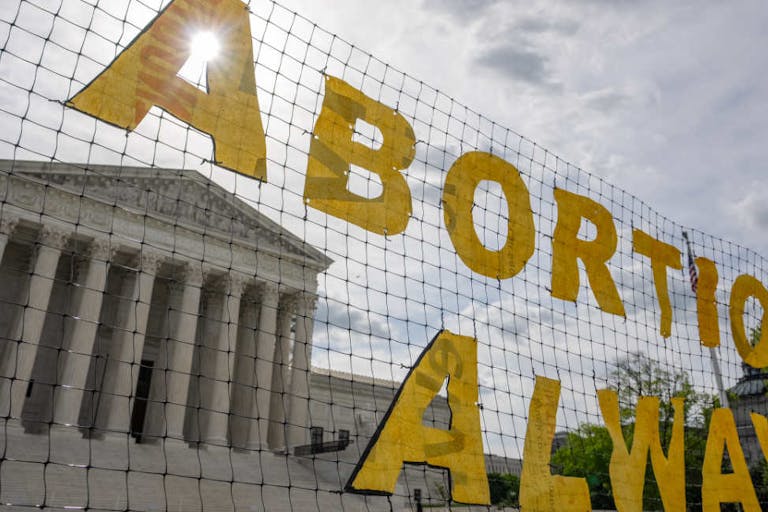
A growing number of Americans call themselves ‘pro-choice’ – but what’s really behind it?
Nancy Flanders
·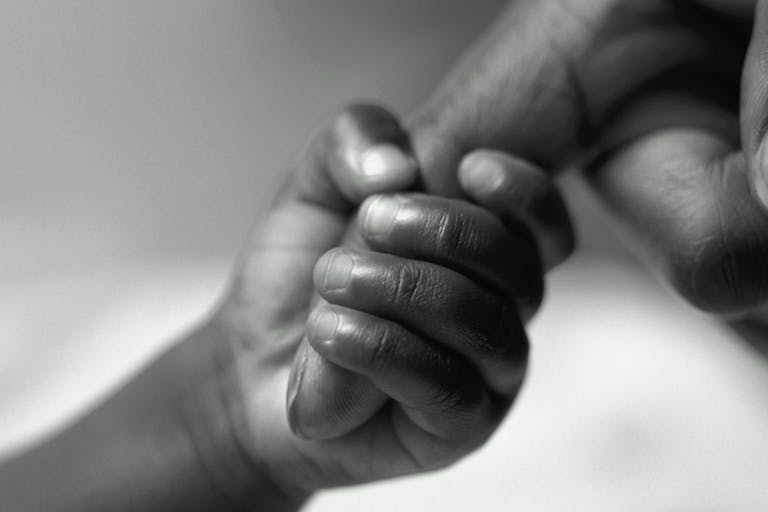
CNN advocates killing children who might be poor because ‘life can be tough’
CNN’s recent article, “Life can be tough for kids in many anti-abortion states,” tries to suggest that pro-life states are harming children by making it more difficult to end their lives in abortion. Pulling from a dizzying array of statistics, the article attempts to show that some of the states with the strongest pro-life protections have “poor outcomes” for children compared with other states.
But the piece has a glaring oversight: death should be considered a poor outcome. What the article is actually advocating for is killing vulnerable human beings so that they cannot become poor or disadvantaged.
According to the article, “Most of the 21 states with laws on the books that would ‘snap back’ abortion restrictions if the court overturns Roe fall into the bottom half of state rankings on a wide array of measures tracking the well-being of children and families, including childhood poverty, low birth weight and premature births, access to health insurance for low-income mothers, availability of prenatal care and the share of kids enrolled in early childhood education, an analysis of public data sources shows.”
The article goes on to suggest that these states, including Alabama, Arizona, Arkansas, Georgia, Kentucky, Louisiana, Mississippi, Oklahoma, South Carolina, Tennessee and Texas, demonstrate greater concern for babies before birth and fail to provide adequate social services once the babies are born.
Caricaturing the diverse pro-life movement as synonymous with a particular brand of conservatism, the article claims that pro-lifers in favor of small government took control. According to Mary Ziegler, a professor at Florida State University, “The anti-abortion movement hitched its star to the GOP, which means that all of the … policy that some in the movement had been interested in — whether it’s helping moms or helping kids — that was just not on the table.”
READ: Black pro-life activist: ‘Killing the poor is not a solution to poverty’
Ziegler’s assessment of the pro-life movement is inaccurate. Just because leading pro-life politicians are not advocating for massive government entitlement programs does not mean that pro-lifers are not concerned with “helping moms or helping kids.” In fact, the foundation of the pro-life movement is recognizing the dignity of the mother and the child, and pro-lifers have created an extensive network of pregnancy resource centers that offer resources and support for mothers throughout pregnancy and often for children for the first years of life. However, “at least 90 percent of funding for pregnancy centers is raised locally at the community level and more than 80 percent of centers receive no government funding at all.” The same cannot be said of the abortion industry. Planned Parenthood alone receives more than $600 million in taxpayer dollars annually.
The relationship between pro-life policies and the entire range of health outcomes is not clear cut. CNN succeeds in juxtaposing several prominent pro-life states with poor statistics. What the article does not state explicitly is that where the laws for elective abortion are more permissive, more mothers will choose (or be coerced) into ending their children’s lives in abortion. What CNN is arguing, though not stated directly, is that other states have more favorable outcomes for low-income children in part because some of the most vulnerable have been killed before birth.
In California, low-income mothers are given taxpayer-funded elective abortion. In New York City, for years, more Black babies have been killed in elective abortion than born alive. Abortion is not progress and killing is not a solution to poverty.
Noticeably absent in CNN’s discussion of what mothers experiencing unplanned pregnancies need is a word from real mothers in crisis. The perspective found in other sources does not seem to fit the narrative that CNN wants to push. Researchers who spent years living in impoverished communities in the United States found that poor women saw abortion as “abandoning hope.” Instead of a “solution” to their financial instability, housing and food uncertainty, and troubled relationships, abortion represented a tragedy for many mothers.
Statistics do not convey the full experience of individual people, and the stories of families facing an unexpected or challenging pregnancy often demonstrate the value of each and every human life. For many families, a child is a reason to make a change. Many mothers credit their children with inspiring them to finish their education, pursue stable employment, or end an abusive relationship. When interviewed, many mothers said “my child saved me,” or “it’s only because of my children that I’m where I am today.”
READ: Melinda Gates is wrong: Birth control isn’t poverty control
CNN is not the first to suggest that abortion is a solution to civic problems. A member of pro-abortion Justin Trudeau’s administration in Canada called abortion a “tool to end poverty.” As many pro-lifers responded to this attitude so often implicit in pro-abortion activism, “eliminating poverty” does not justify the killing of innocent human beings.
Similar to CNN’s attempt to paint abortion as a solution to poverty, there is a theory about crime that periodically resurfaces among abortion activists. The idea was first publicized by Steven Levitt and John Donohue in Freakonomics in which the pair claim that the legalization of elective abortion in the 1970s led to the decline in violent crime in the 1990s. According to abortion activists, killing the people most likely to grow up to be criminals before they are born—a violent, unjust, and gruesome act—is a solution to violent crime.
Whether looking at poverty or crime, abortion activists want to see abortion as a way of improving people’s lives. But the CNN article’s title says it all: “Life can be tough…” Many children in pro-life states have life because their lives were not ended violently in the womb. In order to improve lives, we cannot kill people, especially the most defenseless and vulnerable.
“Like” Live Action News on Facebook for more pro-life news and commentary!
Live Action News is pro-life news and commentary from a pro-life perspective.
Contact editor@liveaction.org for questions, corrections, or if you are seeking permission to reprint any Live Action News content.
Guest Articles: To submit a guest article to Live Action News, email editor@liveaction.org with an attached Word document of 800-1000 words. Please also attach any photos relevant to your submission if applicable. If your submission is accepted for publication, you will be notified within three weeks. Guest articles are not compensated (see our Open License Agreement). Thank you for your interest in Live Action News!

Nancy Flanders
·
Abortion Pill
Nancy Flanders
·
Analysis
Nancy Flanders
·
Issues
Cassy Cooke
·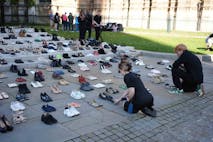
Analysis
Angeline Tan
·
Analysis
Nancy Flanders
·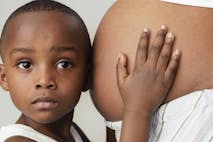
Analysis
Anna Reynolds
·
Analysis
Anna Reynolds
·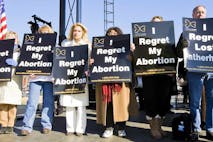
Analysis
Anna Reynolds
·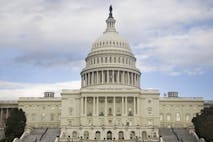
Politics
Anna Reynolds
·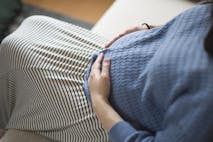
Analysis
Anna Reynolds
·